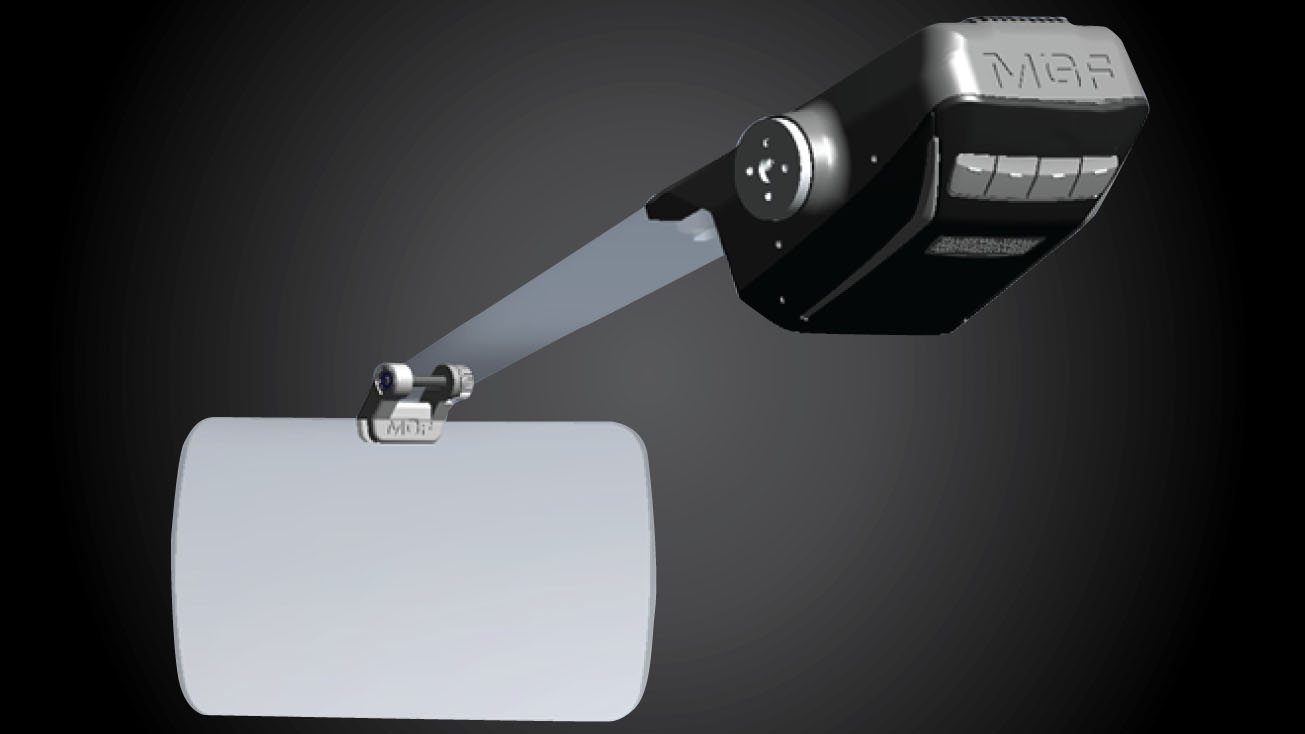New head-up display under development
MyGoFlight projects new technology
A company better known for iPad mounts and flight bags hopes to bring heavy iron head-up display (HUD) technology to lighter aircraft. MyGoFlight displayed the third generation of its HUD prototype to flight departments at the National Business Aviation Association meeting in Orlando in early November.
But first he needs a group of customers willing to commit to purchase the innovative technology so he can continue development.

The SkyDisplay consists of a remote-mounted processor that takes aircraft position information and combines it with a built-in high-resolution terrain database. It then feeds that to a small projector mounted over the pilot’s head. The projector displays the aircraft’s position along with attitude, airspeed, flight director, and altitude over a color terrain representation on a clear piece of curved glass—called a combiner—in front of the pilot. The pilot looks through the combiner when in the terminal area, such as on an instrument approach, to “visually” navigate. Using the HUD the pilot can more easily transition from instrument conditions to visual because he is looking outside during the entire procedure, the HUD providing all the information needed to fly an instrument approach. Similarly on takeoff, the pilot can launch into instrument conditions while looking up and still be aware of surrounding terrain as projected on the combiner.
“We’ve judiciously chosen data to show on the combiner so as not to overwhelm the pilot but provide what is needed,” explained Schneider. Since the HUD derives its position information from the aircraft, no additional pilot inputs are required to operate the system. The code driving the processor was written by developers who specialize in low-level aerial firefighting and nap-of-the-earth operations. Schneider predicts pilots will fly more safely with their eyes outside and without the need to look down and back up during critical phases of flight. “Physiologically it’s easier and safer, less stressful,” he said. “It’s better for the pilot, who will arrive less tired and more relaxed.”
The LCD projector weighs less than a pound and is small enough to mount unobtrusively in most any airplane. When not in use, such as in cruise flight, the combiner, which is mounted on an arm ahead of the projector, can be folded out of the way.
Schneider said he hopes to have units for sale in 2017.




